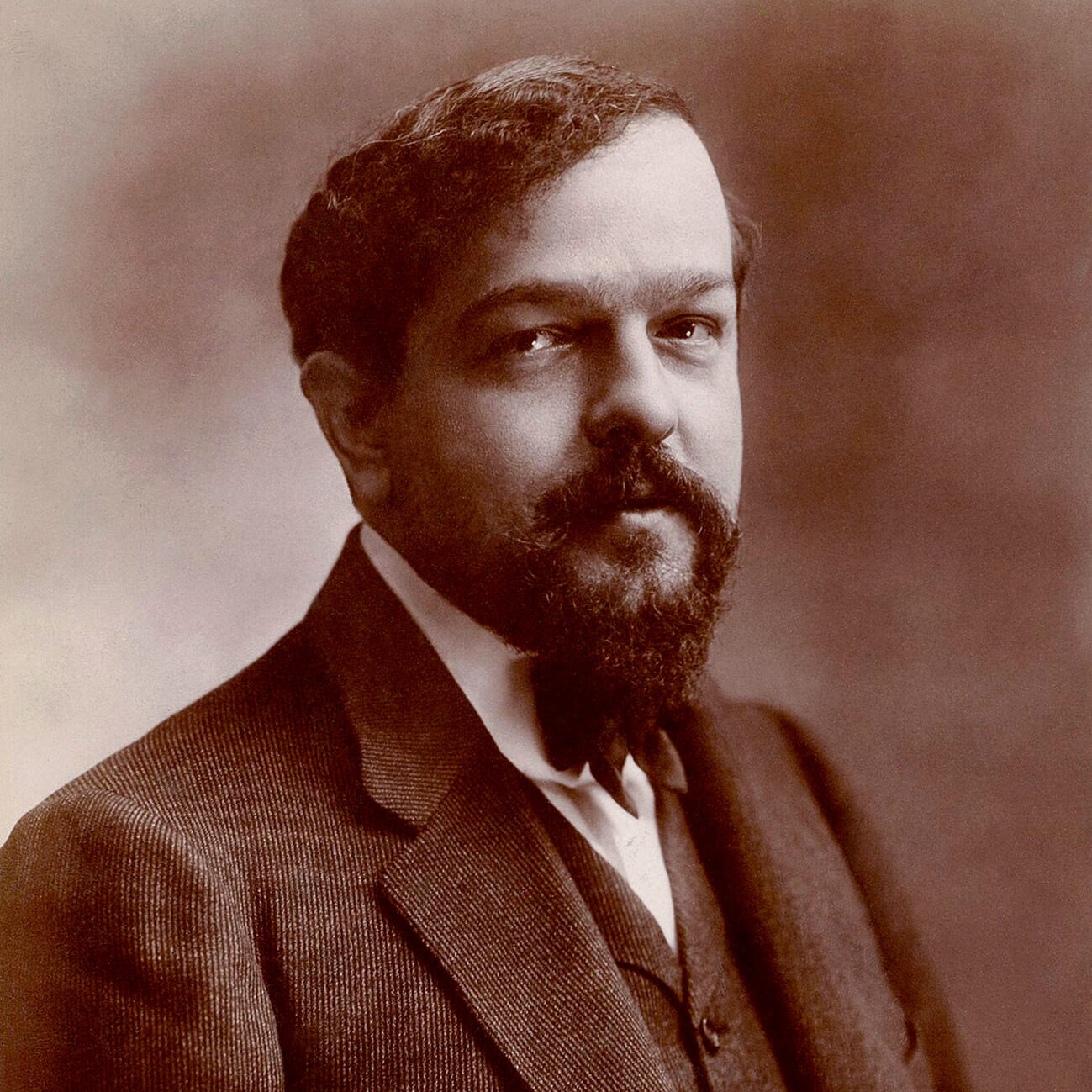BACK TO TOP
Claude Debussy
CELLO SONATA
CLAUDE DEBUSSY
- I. Prologue: Lent, sostenuto e molto risoluto
- II. Sérénade: Modérément animé
- III. Finale: Animé, léger et nerveux
Claude Debussy’s Cello Sonata in D minor is an original work that embraces the Impressionist movement’s innovation and expressiveness. Composed in 1915, this sonata is one of Debussy’s last works, proving his distinctive style and his ability to push the boundaries of traditional forms.
The sonata begins with the Prologue, a movement full of emotion. The cello opens with a majestic phrase, immediately bringing the listener into a reflective and changeable feelinge. The piano’s harmonies provide an ethereal and subtle atmosphere.
In the Sérénade, Debussy shifts to a more playful and mysterious tone. The cello explores pizzicato and unusual bowing techniques, imitating the plucking of strings or even a guitar, while the piano answers with quick, animated gestures, creating a dialogue. This movement is a clear example of Debussy’s imaginative use of timbre and rhythm.
The Finale is full of energy and brilliance. The cello and piano engage in a dynamic interaction, with rapid exchanges and complex passages. The movement’s nervous energy provides an exciting end to the sonata, leaving audiences captivated by it.
Performing Debussy’s Cello Sonata is a stimulating experience, as it demands both technical precision and emotional engagement. The sonata’s innovative structure and unique character allow both instruments to explore a wide range of colors, making it a masterpiece in the Impressionist repertoire.
Date:
August 1, 2024


